

Want to learn more about algaecide? Read on to find out when to add algaecide to your pool maintenance routine and other helpful tips.
Everything you need to know to maintain your hot tub and keep it clean
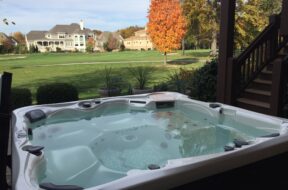
Knowing when and how to drain a hot tub is vital to keeping it clean and in good shape. Read on to learn how!

The filter is one of the most important parts of your hot tub. This article helps you find the best hot tub filter for your personal needs.
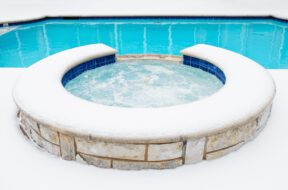
Interested to learn more about setting the temperature of your hot tub? Here we discuss how temperature affects your overall experience.

Inflatable hot tubs are growing in popularity and can be a great alternative to solid side hot tubs. If you are a renter with a patio or yard space for a hot tub, want the flexibility to move your hot tub or only use it seasonally, then an inflatable hot tub could be perfect for you.
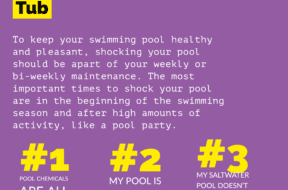
Shocking your pool should be part of your regular maintenance. It will help you avoid algae and bacteria build-up, and save you from cloudy water.
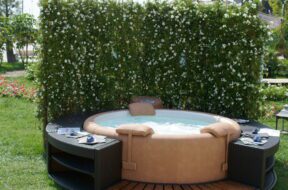
The weather is turning cooler, days are getting shorter. Here’s some tips on storing your Inflatable Hot Tub for the winter!

Buying a hot tub is a big decision. This article provides helpful guidelines to ensure you buy the right hot tub that meets your needs.

This article describes the chemistry involved in keeping your pool or hot tub safe and your water crystal clear.

Swimming Pool alkalinity (often called total alkalinity) is a measurement of the concentration of alkaline materials in your pool. Alkaline materials stabilize pH but buffer chlorine sanitation.
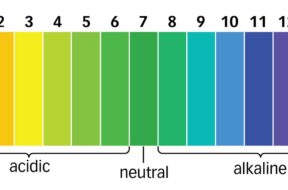
The ideal pH level in both swimming pools and hot tubs is 7.4 to 7.6. This is the level where water is most comfortable for swimmers while also maximizing chlorine’s sanitizing ability.

The suggested cyanuric acid level depends on the amount of direct sunlight your pool receives and whether you use a salt chlorine generator.
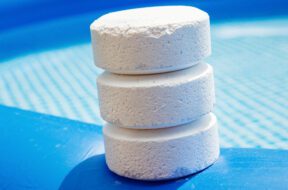
The Association of Pool and Spa Professionals recommends free chlorine levels for both swimming pools and hot tubs be kept between 2.0 and 4.0 ppm. However, the Center for Disease Control recommends free chlorine stay above 1 ppm in pools and 3 ppm in hot tubs.


Want to learn more about algaecide? Read on to find out when to add algaecide to your pool maintenance routine and other helpful tips.


In this quick guide, we’ll answer the question “can you over shock a pool” and unveil the factors to consider when shocking a pool.


Maintaining both pH and total alkalinity in your swimming pool is important for keeping your pool properly sanitized and non-corrosive. Total alkalinity is to pH what cyanuric acid is to free chlorine. Total alkalinity stabilizes pH levels. The ideal pool pH level is 7.4 to 7.6. The ideal total alkalinity level is 80 to 120 ppm.



The Association of Pool and Spa Professionals recommends free chlorine levels for both swimming pools and hot tubs be kept between 2.0 and 4.0 ppm. However, the Center for Disease Control recommends free chlorine stay above 1 ppm in pools and 3 ppm in hot tubs.